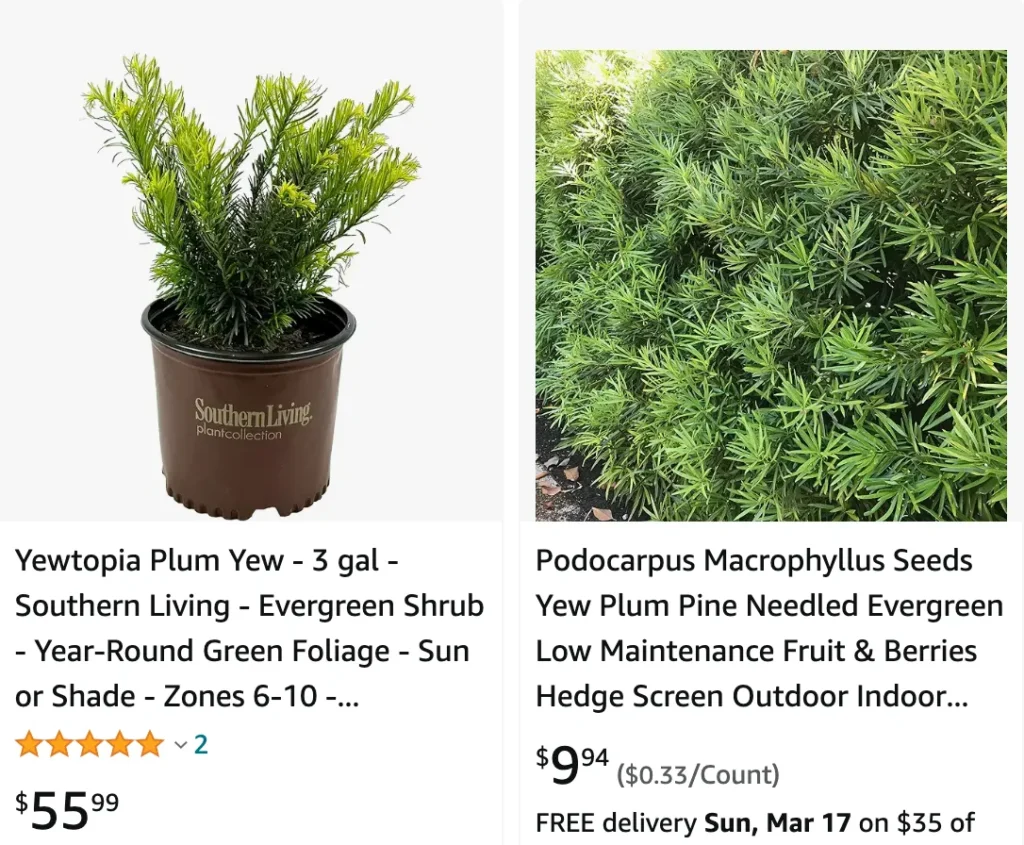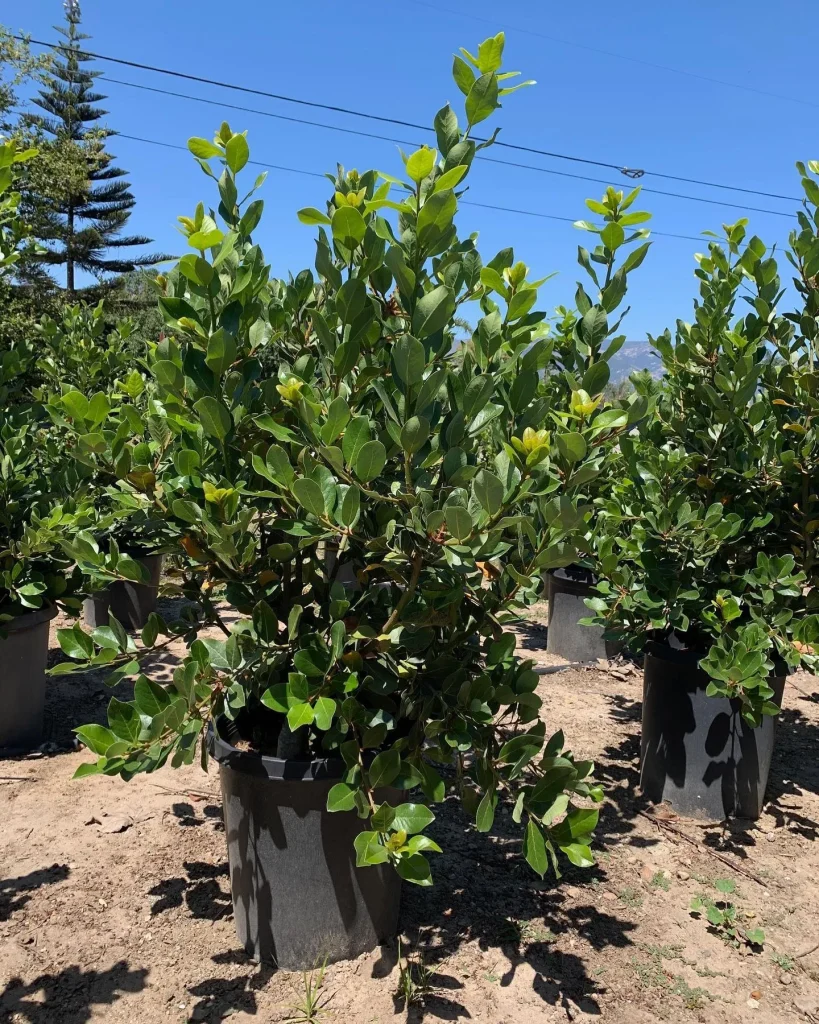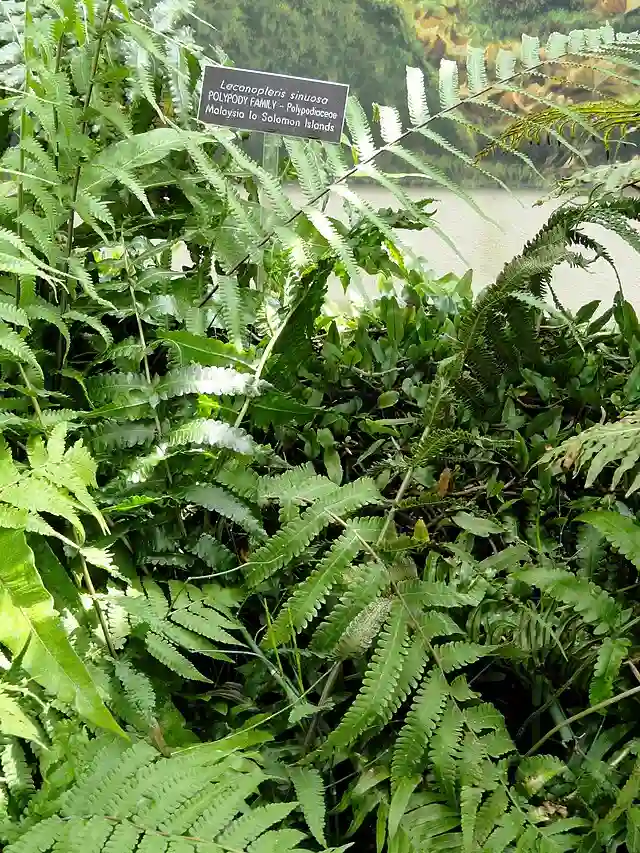
My Fascination with the Cephalotaxus Harringtonia: A Slow-Growing Gem
For years, I’ve been drawn to unique and interesting plants. Recently, the Cephalotaxus harringtonia, also known as the Korean plum yew, Japanese plum-yew, or Harrington’s cephalotaxus, has captured my attention. This slow-growing evergreen shrub or small tree boasts a captivating combination of attractive foliage and interesting features. As I delve deeper into its world, I want to share my discoveries with you.
Plant Family: Cephalotaxaceae – 11 Species in Genus Cephalotaxus
What is a Cephalotaxus Harringtonia?
The Cephalotaxus harringtonia is a member of the Taxaceae family, which includes yews. Native to Japan, it thrives in cool, moist environments. This slow-growing plant typically reaches a mature height of 5-10 feet, with a wider spread than its height. Its feathery, dark green needles resemble those of a yew, but with a softer texture.
One of the most captivating aspects of the Cephalotaxus harringtonia is its fruit. Female plants produce small, fleshy, plum-like fruits that turn a reddish-purple when ripe. While the flesh itself is considered inedible for humans, the hard seed inside can be roasted and consumed (with caution, due to trace amounts of toxins).
The Cephalotaxus harringtonia comes in various cultivars, with ‘Korean Gold’ being a popular choice for its bright yellow new growth that matures to a vibrant green.
Plum Yew vs Mahonia
I’ve had the chance to grow Plum Yew in my garden, and I’ve always appreciated its dense, dark green foliage that adds a touch of elegance and structure. On the other hand, my experience with Mahonia has been equally rewarding, especially in the winter months when its spiky, evergreen leaves and bright yellow flowers create a striking contrast in the landscape. Both plants have their charm, but I find Plum Yew to be more subtle and refined, while Mahonia offers a bold splash of color and a bit of architectural drama.
How to Care for a Cephalotaxus Harringtonia?
The Cephalotaxus harringtonia is a relatively low-maintenance plant, making it ideal for gardeners who appreciate easy-going beauties. Here’s what you need to know:
- Light: This plant prefers partial shade to full shade. Avoid placing it in direct afternoon sun, especially in hot climates.
- Soil: Well-draining, moist but not soggy, slightly acidic soil is ideal. Mulching around the base of the plant helps retain moisture and regulate soil temperature.
- Watering: Water regularly, especially during the first year after planting. Once established, it’s fairly drought tolerant.
- Fertilization: While not strictly necessary, a light application of balanced fertilizer in early spring can promote healthy growth.
- Pruning: Pruning is not essential, but can be done to maintain desired size or shape. Prune lightly in late winter or early spring.
Is a Cephalotaxus Harringtonia ‘Korean Gold’ Poisonous to Dogs?
Absolutely! This is a crucial point for pet owners considering this plant. All parts of the Cephalotaxus harringtonia, including the needles, fruits, and seeds, are toxic to dogs and other animals. Ingestion can cause vomiting, diarrhea, tremors, and even seizures. If you suspect your dog has eaten any part of the plant, seek immediate veterinary attention.
While the ‘Korean Gold’ cultivar offers beautiful golden foliage, it’s important to prioritize your pet’s safety. If you have dogs or other curious animals around, it might be best to choose a different plant species altogether.
How to Propagate a Cephalotaxus Harringtonia?
Propagating a Cephalotaxus harringtonia can be a rewarding experience, but it requires patience due to its slow growth rate. Here are two methods:
- Seed propagation: This method takes several years to yield mature plants. Seeds require stratification (a period of cold exposure) to germinate.
- Semi-hardwood cuttings: This method is more reliable than seeds, but success rates can still be low. Take cuttings in late summer or early fall and provide them with bottom heat and proper moisture.
Both methods require specialized techniques and can be challenging. It might be easier to purchase a young plant from a reputable nursery.
What to Plant With a Cephalotaxus Harringtonia?
The Cephalotaxus harringtonia’s graceful form and shade tolerance make it a versatile addition to various garden styles. Here are some ideas for companion plants:
- Hostas: Their vibrant green foliage complements the Cephalotaxus harringtonia’s darker green.
- Ferns: Ferns add a touch of texture and thrive in similar shade conditions.
- Japanese Maples: The contrasting colors of the Cephalotaxus harringtonia and a Japanese Maple create a stunning visual interest.
- Camellias: Early-blooming camellias provide a pop of color before the Cephalotaxus harringtonia emerges in spring.
By carefully selecting companion plants with similar light and moisture requirements, you can create a beautiful and harmonious shade garden.
The Cephalotaxus harringtonia has become a source of fascination for me. Its slow growth may not be for everyone, but its unique charm and adaptability to shade make it a valuable addition to the right garden. With proper care and plant selection, you can cultivate a tranquil haven where this little gem can thrive for years to come. Whether you choose the classic green or the vibrant ‘Korean Gold’ cultivar, the Cephalotaxus harringtonia offers a touch of elegance and year-round interest to your landscape. Remember, its slow growth means you’ll witness its transformation over time, making it a plant to cherish and watch unfold its beauty. So, if you’re looking for a low-maintenance conversation starter for your shade garden, the Cephalotaxus harringtonia might just be the perfect choice.
If i die, water my plants!


